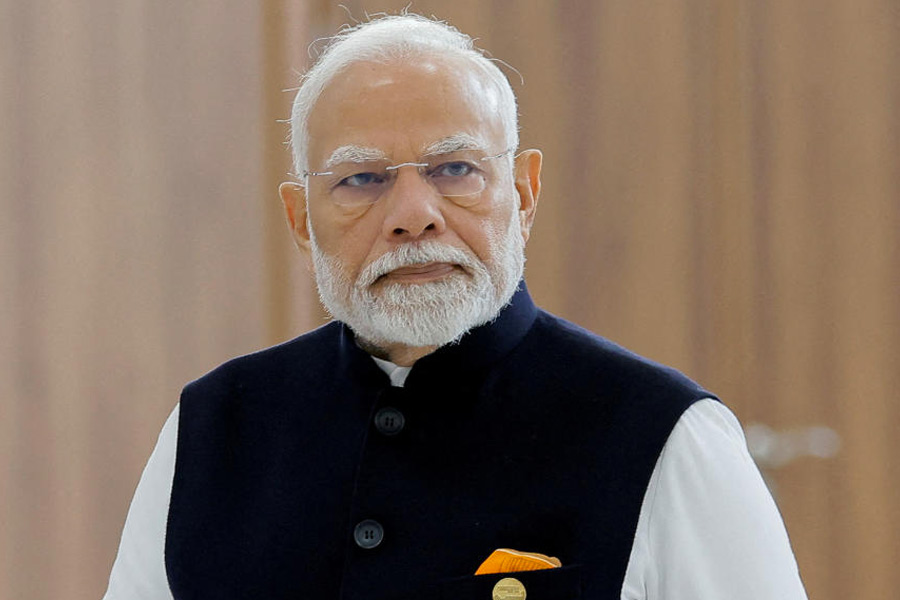Does a building say something? From the humble home to the towering palace, buildings say a lot — about their purpose and their surroundings, their history in growth and change, in taste and use, whether their owners are rich or poor, whether they welcome people or shut them out and so much more. Public buildings are built with greater care than private dwellings, for their appearance is as important as their inner use. The criticism of the new Parliament building which legislators used for the first time was mostly directed at its inner design. What can be gathered from some legislators’ remarks, ranging from the acerbic to the factual, is that the structure is overwhelming yet inconvenient. The arrangement of common areas and passageways produces a sense of great distance, as though to discourage conversation and discussion. Paradoxically, the rooms are claustrophobic, without the sense of grace and ease that the older Parliament building had. Other problems include the lack of planning to accommodate the diverse functions of officials in the office areas. The impression is of a grand edifice that does not spare much thought for the people who use it.
A democracy, with its ideals of self-government, equality and participation, requires rather different edifices, especially in its seat of government. Old imperial buildings, through their imaginative structures and their association with joyous national appropriation, can slide smoothly into democratic use, as did the entire old Parliament building complex. Its history was as important as its place in the landscape: its open public areas and cultural centres, replaced in the new vista by government office buildings, set the House of representatives among the people it represented. How can the new edifice of Parliament be the dream of 140 crore people, as the ruling regime claimed, when not even the legislators were allowed to know what it would be like before it was built? The government’s approach was similar with regard to the demolition of the iconic and much-loved complex in Pragati Maidan with the Hall of Nations at its heart for the building of the enormous International Exhibition-cum-Convention Centre, where the G-20 Summit took place. People are unlikely to wander in for book fairs or film shows there any more.
Public architecture for democracy gives a feeling of freedom, with spaces for collective engagement and a variety of activities. Even walls and fences can hurt this spirit, as the ashramites felt when these were put up in Santiniketan. The buildings abhor hierarchy, playing with levels and walls and allowing free movement; distance, grandeur and the creation of awe falsify the goal of democracy. For the government of a democratic country to be housed in a forbidding building as part of a complex where only government workers are allowed turns the ideal upside down. It is not clear which is worse — that, or the fact that the legislators themselves are dwarfed and silenced by the distances within.










